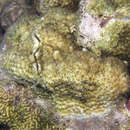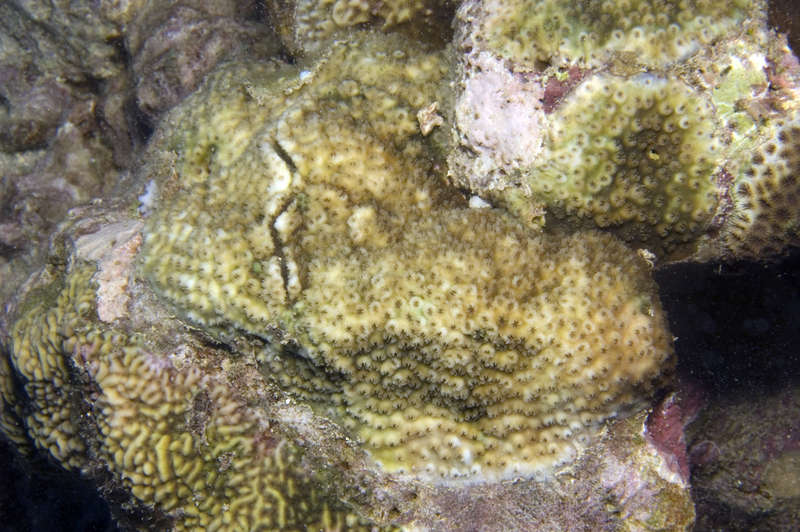en
names in breadcrumbs



Cyphastrea is a genus of cnidarians in the family Merulinidae. They are listed in cites appendix ii. Dead Cyphastrea form shallow marine sediments. They have asexual reproduction and sexual reproduction.
EOL has data for 13 attributes, including: